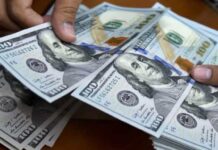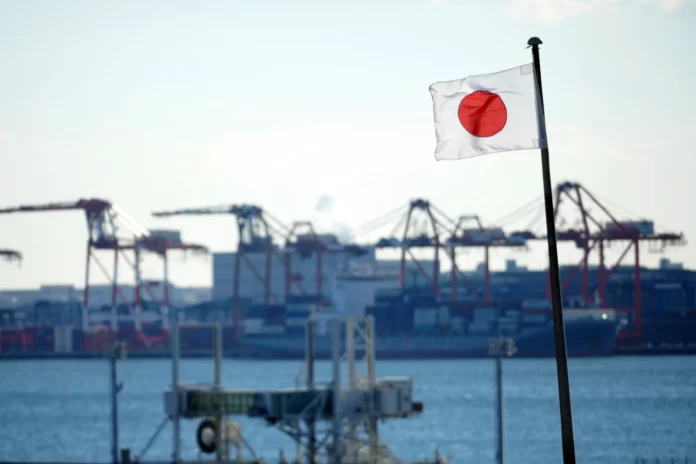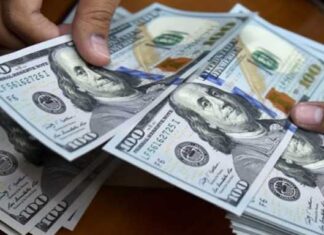Japan’s exports rose 2% in April from a year earlier, matching market expectations but slowing from a 4% increase in March, as shipments to the United States declined amid growing concerns over President Donald Trump’s tariffs.
Shipments to the U.S., Japan’s largest export market, fell 1.8% in April, the first drop in four months, driven by lower demand for automobiles, steel and ships, according to data from the Ministry of Finance.
Automobile exports to the U.S. dropped 4.8% in value due to a stronger yen and reduced shipments of high-end models, reflecting the impact of tariffs that took effect this year.
“Exports to the U.S. were rising until March, as automakers likely increased shipments before tariffs rolled in. With tariffs now in place, we are seeing a reversal,” said Yutaro Suzuki, economist at Daiwa Securities.
While exports to Asia grew 6%, shipments to China fell 0.6% amid soft demand for automobiles and electronic parts.
Imports declined 2.2% in April from a year earlier, less than the 4.5% drop analysts expected. As a result, Japan recorded a trade deficit of 115.8 billion yen ($803 million), disappointing expectations for a surplus of 227.1 billion yen.
Japan’s trade surplus with the U.S. rose 14.3% to 780.6 billion yen in April, marking the fourth consecutive monthly increase as imports from the U.S. also declined.
The trade imbalance with Japan remains a focus for the Trump administration, which has criticized Tokyo for currency policies it says give Japan an unfair export advantage.
Japan’s top trade negotiator, Ryosei Akazawa, is expected to travel to Washington this week for a third round of trade talks, though prospects for cutting steep automobile tariffs appear limited.
Trump’s tariffs, including a 10% levy imposed in April and a 24% tariff scheduled for July on Japanese vehicles unless a deal is reached, along with 25% tariffs on steel and aluminium, pose risks to Japan’s fragile economic recovery.
“Trump’s tariffs will likely exert direct and indirect downward pressure on exports,” said Masato Koike, senior economist at Sompo Institute Plus.
The uncertainty surrounding tariffs has prompted concerns over delayed investment plans and supply chain disruptions.
“Japan’s manufacturers are deeply integrated into global supply chains, so trade policy flip-flops risk creating whiplash effects that would hurt growth,” said Stefan Angrick, analyst at Moody’s Analytics.
The economic outlook is also complicating decisions by the Bank of Japan, which recently cut its growth and inflation forecasts and is cautious about resuming interest rate hikes amid rising risks.
“Given that the Japanese economy was already in a soft patch before U.S. tariffs kicked in, the BOJ will likely want greater certainty about the tariff landscape before resuming its tightening cycle,” said Abhijit Surya, economist at Capital Economics, who now expects the next rate hike to be delayed until October.
























